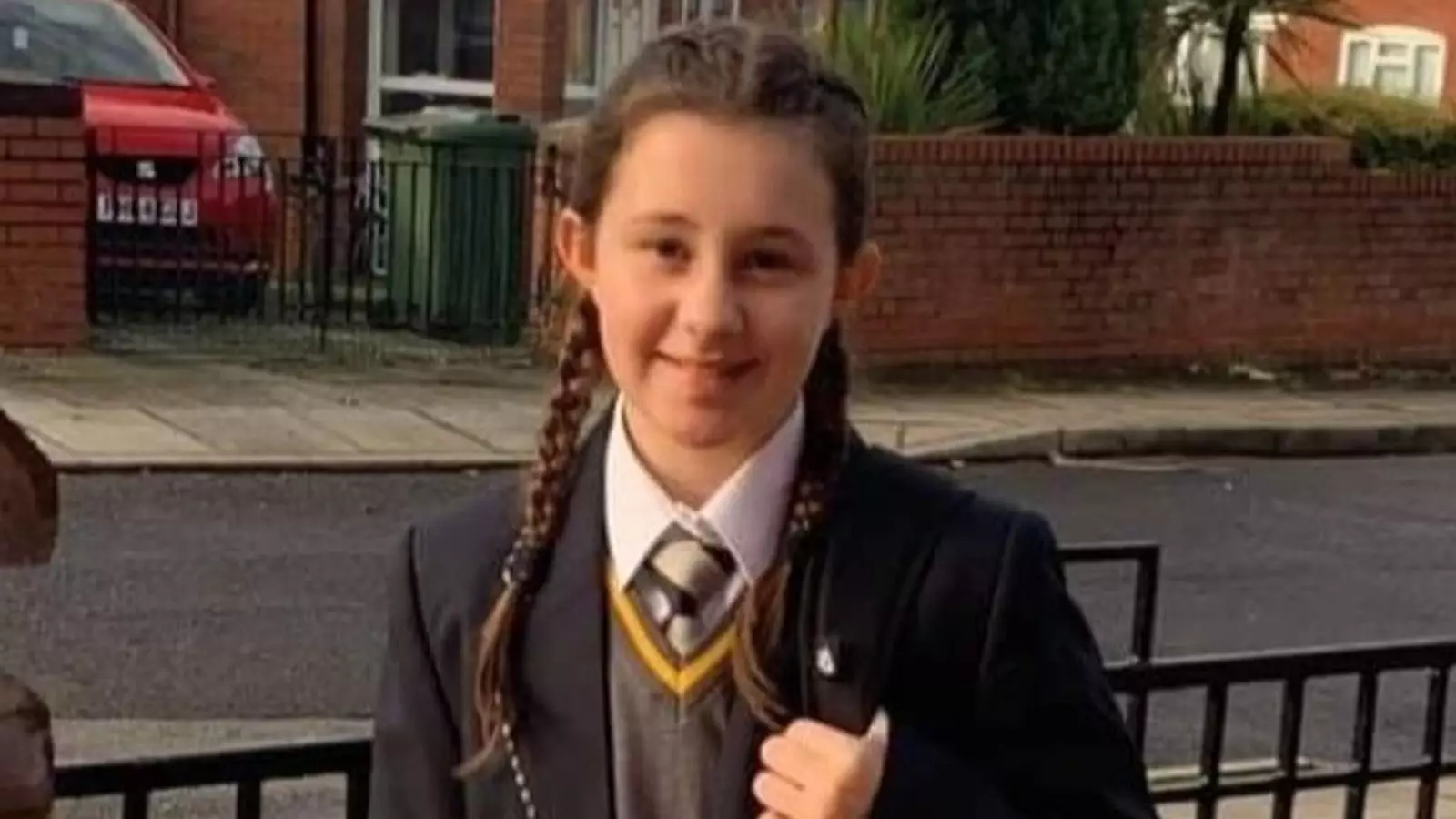The recent unveiling of Harry Gilbertson’s identity marks a poignant and disheartening moment for the friends and family of Ava White. The 12-year-old girl was brutally murdered in Liverpool by Gilbertson when he was just a 14-year-old teen. The fact that this young man, now 18, has been allowed to step back into the public sphere is emblematic of a broader societal failure to address youth violence and the repercussions that ripple through communities when lives are tragically lost. The burden of this trauma lingers heavily, not just on Ava’s family but on an entire community that feels the sting of lost potential.
It is an uncomfortable truth that the justice system’s approach often seems skewed in favor of protecting perpetrators, even ones guilty of horrendous acts. Leeann White, Ava’s mother, has waited in anguish for the now 18-year-old Gilbertson to be publicly identified so that the city understands the weight of the crime that was committed. When she expressed her desire for the world to know who killed her daughter, it was a clear indication not just of her grief but also her frustration at a system that disproportionately safeguards the rights of young offenders while neglecting the voices of victims and their families.
The Blurred Lines of Accountability
Gilbertson’s actions, from wielding a knife to taking a selfie the same evening of the murder, highlight a disturbingly cavalier attitude towards the grave ramifications of his actions. Society is rightly outraged by the image of a youth seemingly unscathed by the severity of what he has done, further deepening the wounds of those left behind. Leeann White’s anguish is palpable, movingly articulating the injustice: “He lost his rights when he murdered my child.” This sentiment reflects a growing frustration among communities who witness violence yet feel that the current justice system is insufficiently punitive, at times appearing to offer more protection to the offenders than to the grieving families.
In a nation grappling with rising knife crime, the case of Ava White serves as a grim reminder that laws and justice often struggle to keep pace with the realities faced by communities. Leeann White’s efforts to establish a foundation in her daughter’s name—equipping schools and public establishments with bleed control kits—speak to her resolve to transform her daughter’s senseless murder into a catalyst for change. She ardently believes that no establishment should be without these life-saving tools, underlining her realization that in a world rife with violence, one must be proactive instead of reactive.
A Community in Grief and Anger
As the people of Liverpool come to terms with Ava’s tragic fate, there’s a palpable sense of anger and resentment toward a system that appears to crumble under the weight of its own protective measures for the young offender. Notably, the consideration for Gilbertson’s siblings—a rationale for keeping his identity concealed until he turned 18—is yet another stark reminder of the systemic imbalance present when it comes to victims’ families. Leeann remarked, “I feel like they’ve done everything they can to protect him and his family,” an assertion that resonates with many who feel that the rights of the guilty overshadow those of the innocent.
Moreover, this sentiment is not merely anecdotal; families across the UK are grappling with similar realities, struggling against a backdrop where their loved ones are reduced to statistics, while perpetrators often receive sympathy in the name of youth rehabilitation. In moments of profound public tragedy, the stark division between the perpetrator and the victim’s family raises urgent questions about societal priorities and the effectiveness of legal measures designed to address youth violence.
As discussions around knife crime and youth accountability continue to unfold, it is imperative to reflect upon the narratives that shape our collective conscience. Ava White’s story is not just a tragic account of a life lost; it is a clarion call for an urgent reevaluation of how society views and addresses crime, the rights of victims and the accountability of young offenders within a framework that seeks justice rather than mere protection. The legacy of this young girl’s life should serve as a stark reminder of the consequences when we fail to prioritize the voices and dignity of victims alongside the complexities surrounding rehabilitation for youth.



Leave a Reply